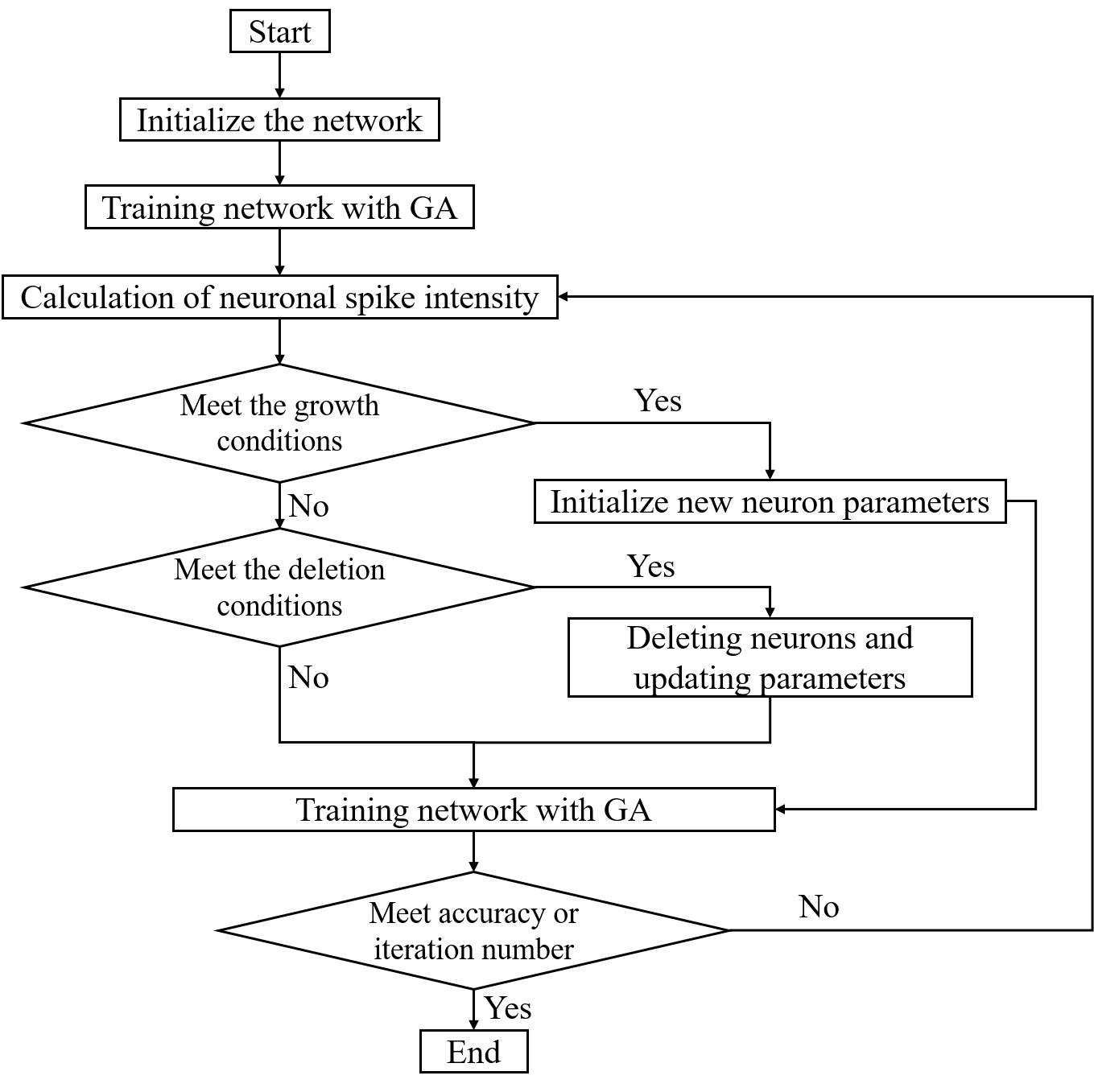 An open access journal
An open access journal
Space Exploration Technologies: Advancements in Rockets and Astronautics
Abstract
Space exploration technologies have seen significant advancements in recent years, revolutionizing our capabilities in rockets and astronautics. This paper explores the significance of these advancements, emphasizing their role in enabling interplanetary missions, space tourism, and scientific discoveries beyond Earth. It delves into various aspects, including reusable rocket technology, space habitats, and propulsion systems. The discussion includes the benefits of these technologies, such as reduced launch costs, increased mission flexibility, and expanded space exploration opportunities. Moreover, the paper addresses the challenges and considerations in pushing the boundaries of space exploration, including safety measures and international collaboration. Through a review of space exploration missions and research, the study highlights the positive outcomes associated with the development of cutting-edge space technologies.
Share and Cite
Article Metrics
References
- Charania, A., Cohen, M., & Raviv, G. (2013). Low cost access to space: The spaceX Falcon 1. In 27th International Symposium on Space Technology and Science.
- Crusan, D. C. (2016). Journey to Mars and the commercial space revolution. Acta Astronautica, 128, 199-205.
- Genta, G., & Quaranta, E. (2018). Lunar Base Handbook. Springer.
- Launius, R. D. (2013). Reconsidering the origins of the private provision of launch services. Journal of Space Policy, 29(2), 107-118.






